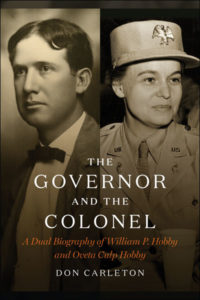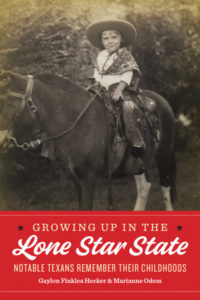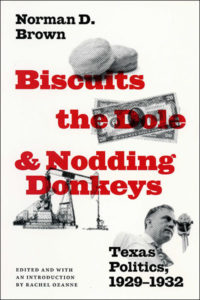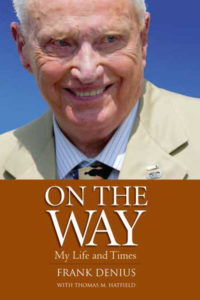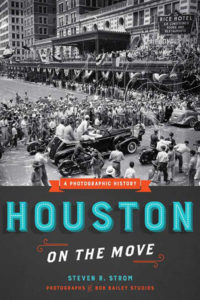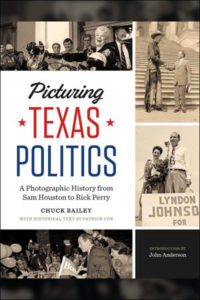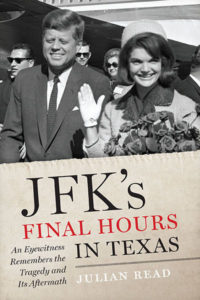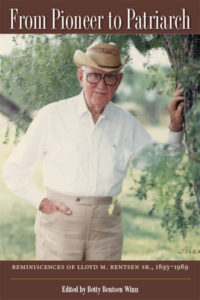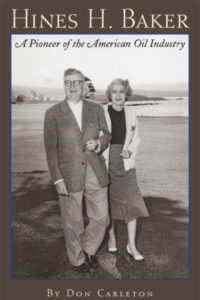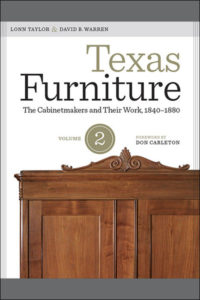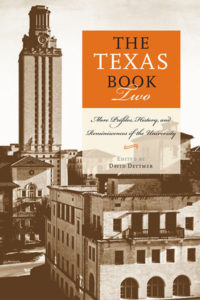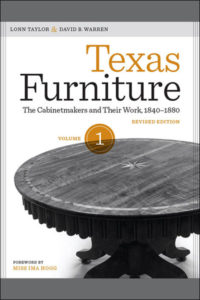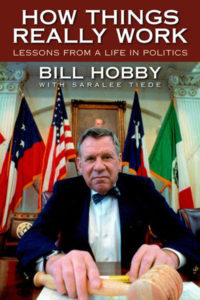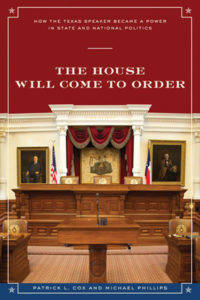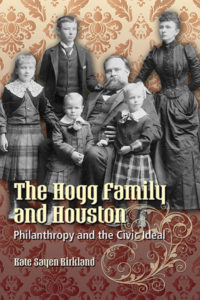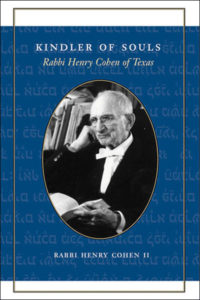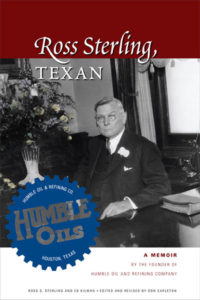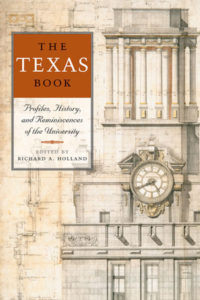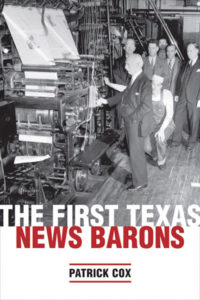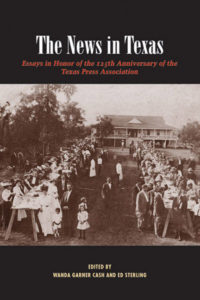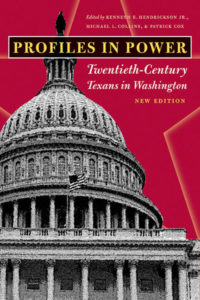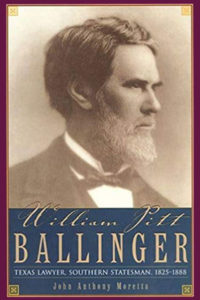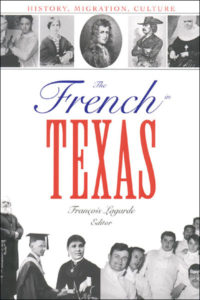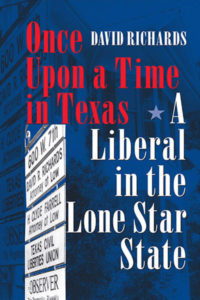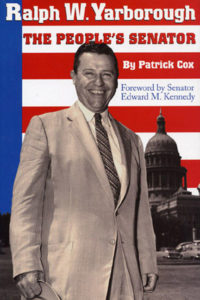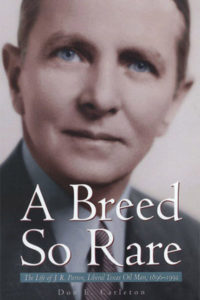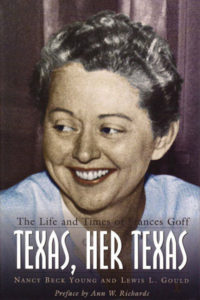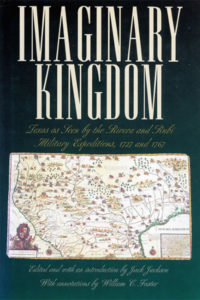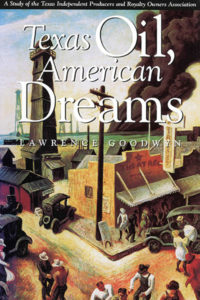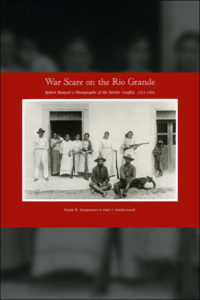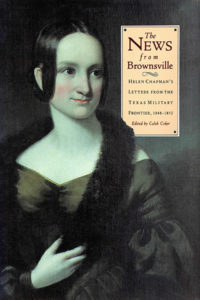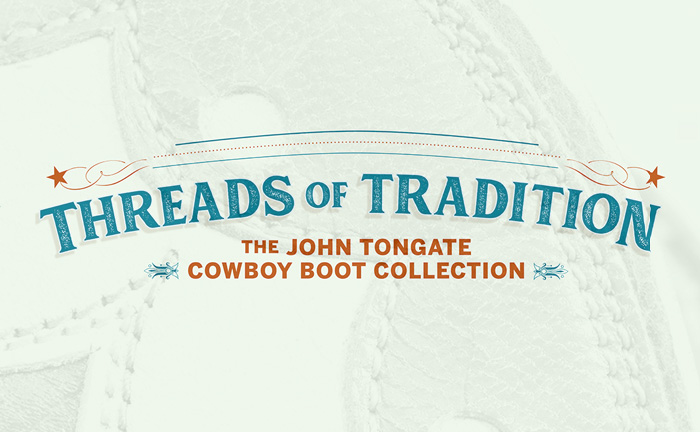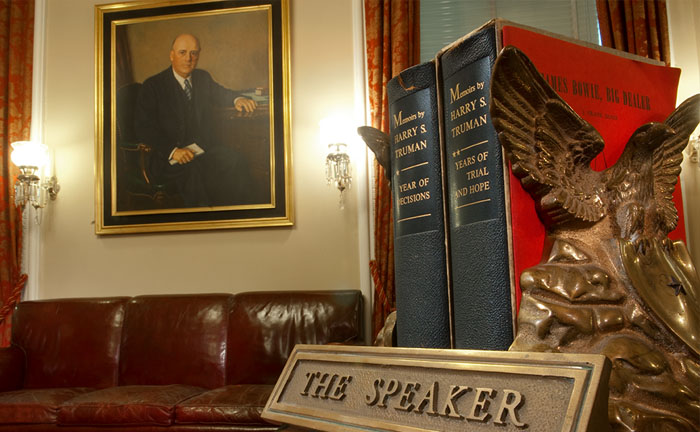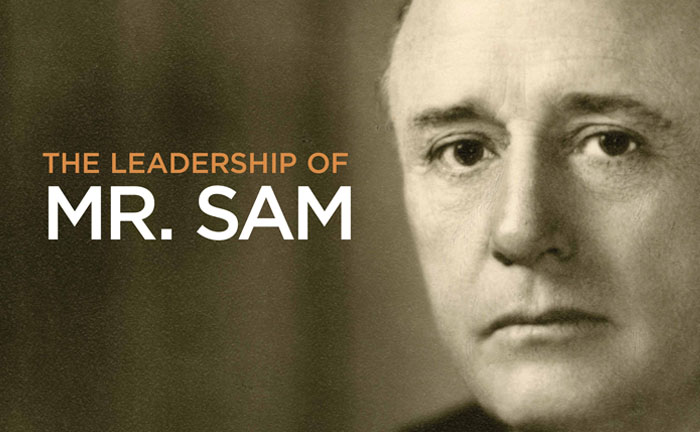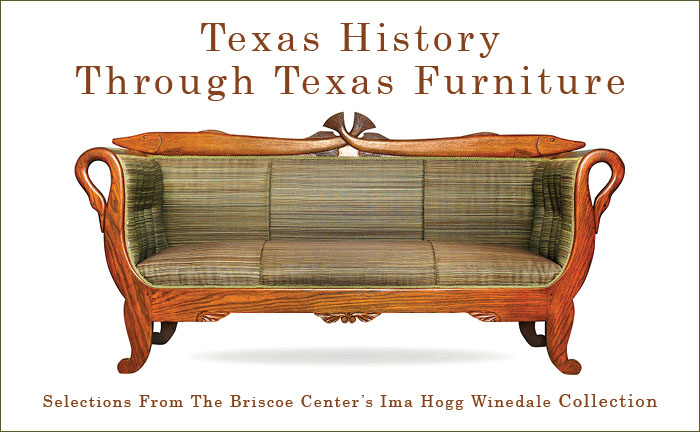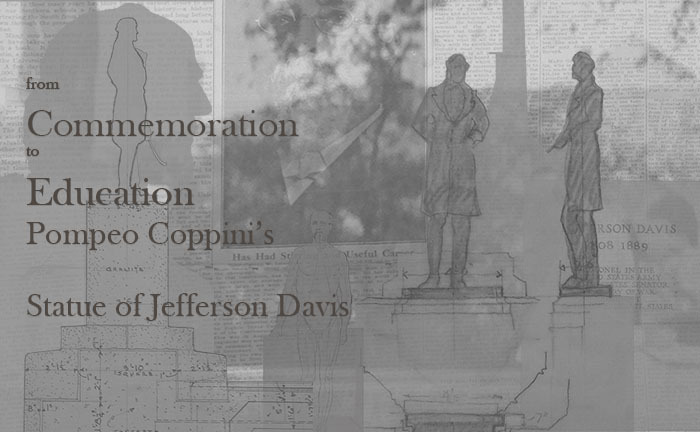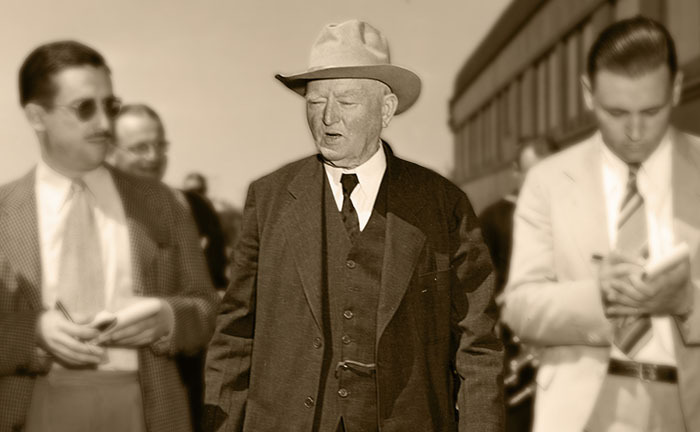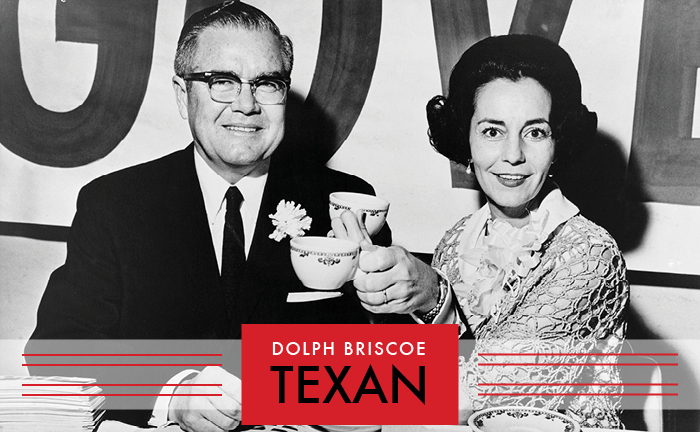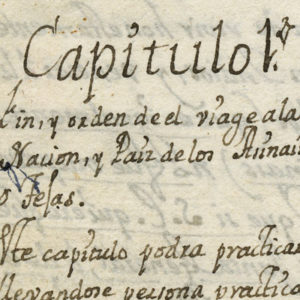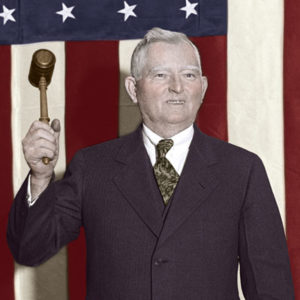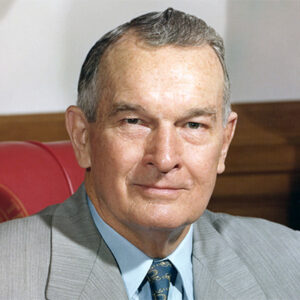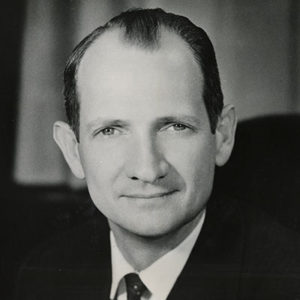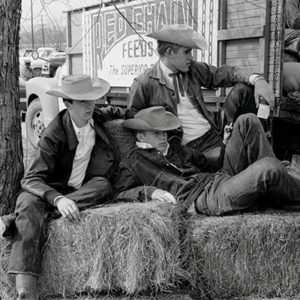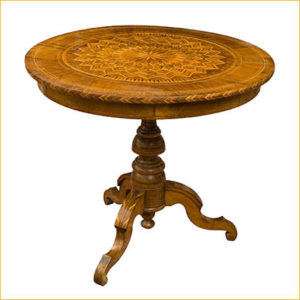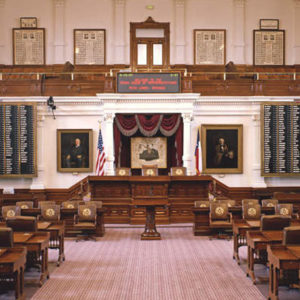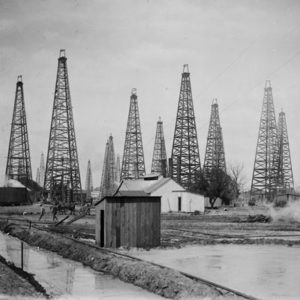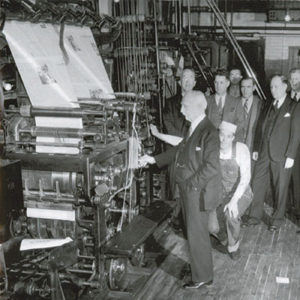Having grown steadily since 1883, the Texas History collection includes more than 150,000 books and periodicals about Texas, published in Texas, or produced by authors strongly associated with the state. The library also contains the personal book collections of Stephen F. Austin, Ashbel Smith, James Harper Starr, and Ima Hogg, as well as those assembled by renowned bibliophiles such as Blanche McKie, Louis Kemp, Frank Kell, Earl Vandale, and Edward E. Eberstadt. The oldest book in the center’s collection is also its oldest artifact, a 1555 edition of Spanish explorer Cabeza de Vaca’s La Relación, the first book ever published about Texas.
The Texas collection houses historical prints depicting the people, places, and events of Texas as well as an ephemera collection that includes a copy of the Texas Declaration of Independence, printed in San Felipe de Austin in 1836. The Bexar Archives, documenting life and government in Texas under Spanish and Mexican rule, are a major component of the Texas History collection. Some five thousand other rare public notices, many of them printed on pioneer Texas presses, document Texas history and culture.
Related collections touch on major business and social movements throughout Texas history, such as the nineteenth-century German emigration society Verein zum Schutze deutscher Einwanderer (1842–58); the Coleman-Fulton Pasture Company (1872–1933); Heidenheimer Brothers wholesale grocers of Galveston (1869–81); and the Texas and Southwestern Cattle Raisers Association. The papers of prominent Texans such as J.R. Parten, Roy Bedichek, Juanita Craft, and Anna Pennybacker document the financial, civic, and activist strains of Texas history.
The University of Texas began building its historical research collections shortly after it opened its doors to students in 1883. In those early days, the university concentrated on acquiring books and periodicals about Texas, but it soon branched out to include Southern history and university-related material. The university’s collections (including the Archives Department and what became known as the Texas Collection Library) grew steadily until their size demanded special accommodations. In response to urging from scholars, the board of regents combined the archives and Texas Collection into a Texas history center in 1945 and named it in honor of Eugene C. Barker, a professor and pioneer in the field of Texas history. In 1950, the Barker Texas History Center opened in the Old Library Building (now Battle Hall), where it remained until 1971, when the Barker Center moved across campus to Sid Richardson Hall, adjacent to the newly dedicated Lyndon B. Johnson Presidential Library. Twenty years later, the university established the Dolph Briscoe Center for American History, and the Barker Texas History Collections became a core component of the center.
Texas Collection Library
In 1897 the renowned bibliophile Sir Swante Palm, a Swedish immigrant who settled in Texas and contributed numerous public services to the state, doubled the university’s holdings when he donated his 10,000-volume personal library. Palm’s magnificent collection, with its sizeable holdings related to Texas, formed the foundation for the Texas Collection Library. Today, the collection includes more than 150,000 books and periodicals about Texas, published in Texas, or produced by authors strongly associated with the state. The library also contains the personal book collections of Texas notables Stephen F. Austin, Ashbel Smith, James Harper Starr, and Ima Hogg. To increase its holdings in fine and rare Texana, the center acquired book collections assembled by bibliophiles Blanche McKie, Louis Kemp, Frank Kell, Earl Vandale, and Edward E. Eberstadt.

The Texas Collection Library features the earliest books associated with Texas, including the 1555 edition of Spanish explorer Cabeza de Vaca’s La Relación, the first book ever published about Texas. Other rare titles include French explorer Henri Joutel’s Journal historique de la dernier voyage (1713), which provides an eyewitness account of La Salle’s last expedition; L’Heroine du Texas (1819), the first novel with a Texas background; American missionary and author Timothy Flint’s Francis Berrian, or The Mexican Patriott (1826), the first novel in English about Texas; and Stephen F. Austin’s Translations of the Laws, Orders, and Contracts on Colonization (1829), the first book published in Texas. Further rare Texana includes Mary Austin Holley’s Texas: Observations, Historical, Geographical, and Descriptive (1833); physician Joseph Field’s Three Years in Texas (1836); Texas pioneer, physician, and diplomat Ashbel Smith’s Account of the Yellow Fever . . . in the City of Galveston (1839); and French land agent Henri Castro’s Le Texas en 1845 (1845).
Archival Collections, Broadsides, and Ephemera
The collection houses historical prints depicting Texas people, places, and events, as well as an ephemera collection that includes a copy of the Texas Declaration of Independence, printed in San Felipe de Austin in 1836. Some five thousand other rare public notices, many of them printed on pioneer Texas presses, document Texas history and culture.
The university acquired three major archival collections of Texas history before the close of the nineteenth century. The first are the papers of Governor Oran Roberts, which have the distinction of being the first archival collection on campus. The Roberts papers set the stage for the two extraordinary collections that followed in quick succession: the Bexar Archives and the Austin Papers.
Bexar Archives

The Bexar Archives preserve the history of both Spanish and Mexican Texas from 1717 to 1836. In a quarter million pages of documents, the archives embrace virtually every aspect of life in Spanish and Mexican Texas and surrounding territories, including the founding of settlements; cattle raising; exploration and communications; Indian relations; relations between civilians, the military, and the missions; legal proceedings; government administration; commerce and trade; smuggling; foreign colonization; and wars and revolution. The archives were gathered in San Antonio de Béxar when that city served as the provincial and later departmental capital of Texas, and these abandoned documents remained in San Antonio, which became the seat of Bexar County. In 1899 the Bexar County Commissioners Court officially donated the Bexar Archives to The University of Texas. Since that time, the university has organized the documents, established an ongoing translation project, and published a microfilm edition as well as a comprehensive name guide to the collection. Most recently, the Briscoe Center placed a significant selection of the original Bexar Archives documents and their translations online.
Moses and Stephen F. Austin Papers

Along with the Bexar Archives, the Austin Papers established the university as the premier repository for the history of early Texas. The papers primarily consist of the personal and official records of business entrepreneurs Moses Austin and his son Stephen and include personal correspondence, maps, broadsides, business and legal records, government documents, pamphlets, and a variety of other materials. While the collection contains important information about Austin family ventures in Virginia, Missouri, and Arkansas, the bulk of the papers relates to Stephen F. Austin’s career as an empresario and political leader in Texas. By 1824 Stephen F. Austin had successfully established his colony near the Gulf Coast of Texas, bringing nearly three hundred families to settle the area. Part of his duties as a land contractor involved surveying and allocating land to new settlers. He employed several of his colonists to assist him in this endeavor. Correspondence between Austin and the surveyors detail his role as empresario, illustrate the process of surveying, and include the exchange of observations and drawings to help construct a more accurate rendering of Texas geography.
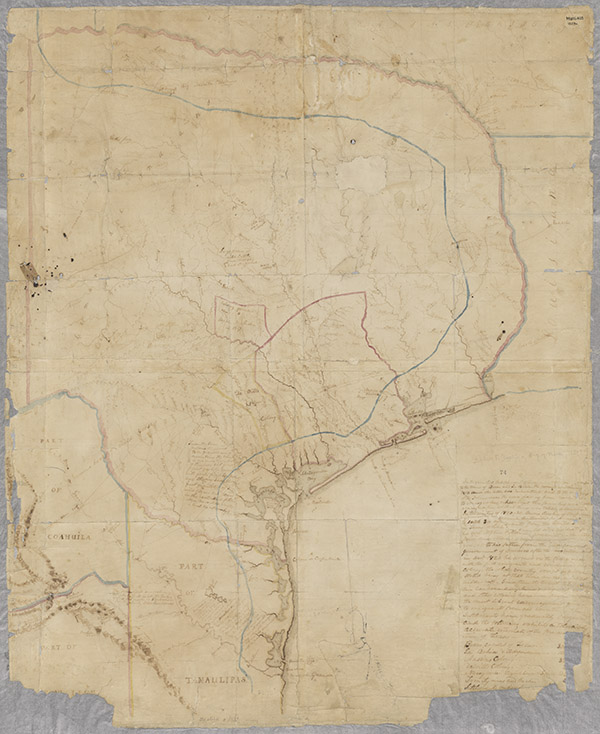
The Austin maps, available on the center’s Digital Collections site, range from simple sketches accompanying Austin’s field notes to his most famous 1822 Mapa Geográfico, which was the most complete and accurate map of Texas in its time. Treasures in the papers include the ledger of the first settlers in Austin’s Colony and Stephen Austin’s prison diary—in English and Spanish—which he kept while he was held in Mexican prisons between 1834 and 1835. Professor Barker himself edited a multivolume publication of the Austin Papers during the 1920s. More recently, the Briscoe Center was awarded a prestigious Save America’s Treasures federal grant to support the conservation and general preservation of the Austin Papers, which constitute one of the most fundamental collections in existence for the study of nineteenth-century Texas history.
Anglo-American colonization, the Texas Revolution, and the Republic of Texas

To the above-mentioned core, the Briscoe Center has continually added materials to strengthen its holdings in Anglo-American colonization, the Texas Revolution, and the Republic of Texas. Among the key collections for that period are the records and papers of physician, diplomat, and political leader Ashbel Smith; general and president of the Republic Sam Houston; soldier and Texas Ranger William A. “Bigfoot” Wallace; physician and political leader Anson Jones; speculator, lawyer, and politician David G. Burnet; first vice president of the Republic Lorenzo de Zavala; Alamo commander William B. Travis; and José Enrique de la Peña, an eyewitness to Santa Anna’s campaign against Texas.
Annexation Onwards
Other collections document nearly every aspect of the historical development of Texas since its annexation by the United States in 1845. Papers from early settlers, ranchers, and land developers tell the story of the growth of Texas, including those of San Antonio pioneer Samuel Maverick; Austin Colony settler Mary Rabb; land agent and town developer Matthew Cartwright; and ranchers George W. Littlefield, Abel Head “Shanghai” Pierce, and Margaret Borland. The role of slavery in the development of Texas is amply documented across these collections.

A wide range of Texas organizations and businesses are open for research, including the nineteenth-century German emigration society Verein zum Schutze deutscher Einwanderer (1842–58); the Coleman-Fulton Pasture Company (1872–1933); Heidenheimer Brothers wholesale grocers of Galveston (1869–81); and the Texas and Southwestern Cattle Raisers Association. Business interests and the financial growth of the state are reflected in the papers of attorneys William Pitt Ballinger of Galveston and James B. Wells of south Texas; bankers John T. Brackenridge of Austin and John Twohig of San Antonio; Houston businessman Jesse H. Jones; and oil and gas entrepreneur and political leader J. R. Parten.
Collections from civic leaders include those of Henry Cohen from Galveston; author Anna Pennybacker; Dallas civil rights activist Juanita Craft; and noted Waco entrepreneur and philanthropist Bernard Rapoport. Documentation related to Texas naturalists Gideon Lincecum and Roy Bedichek and humorist John Henry Faulk also is a part of the center’s Texas history resources.
Texas Newspaper Collection
Containing approximately 3,100 Texas titles, the Texas Newspaper Collection includes locally published newspapers from nearly all of the 254 counties in the state as well as military post newspapers published during World War II and a large number of non-English language newspapers, including those in Czech, German, and Spanish. A significant number of the center’s Texas newspapers are now digitized and hosted by the University of North Texas Libraries’ Portal to Texas History. The collection also features original editions of some of the earliest known newspapers published in the state, including the Texas Gazette (1829), Telegraph and Texas Register (1835), and Clarksville Northern Standard (1842).
Other important components of the Barker Texas History Collections, such as congressional and political history, photography, music, and cartography, are discussed in separate sections of the website. The brief outline presented here demonstrates that the vast library and archival holdings of the Eugene C. Barker Texas History Collections make the Briscoe Center the most comprehensive repository of Texas history materials in existence.
Our collections inspire our own projects, including books, exhibits, programs, films, and educational materials.
Banner image: Texas Forever!!, March 1836. Broadside Collection. Image detail from BC_0248.


